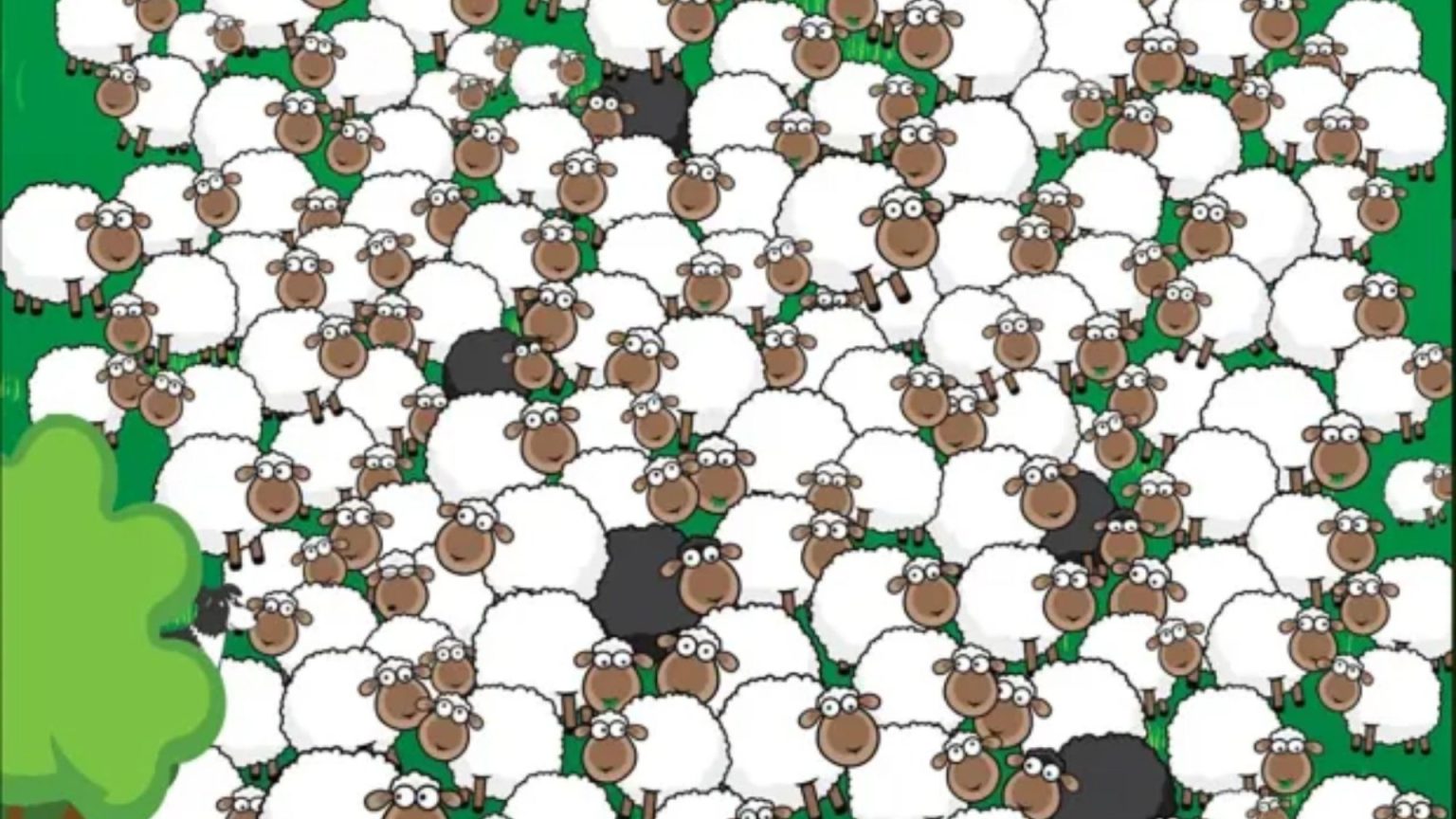This optical illusion challenges individuals to spot a hidden dog within a flock of sheep, a task achievable within nine seconds for those possessing exceptional visual acuity and a high IQ. The image, deceptively simple at first glance, requires keen observation and analytical skills to discern the camouflaged canine. This brain teaser exemplifies how optical illusions can be used to assess cognitive abilities and improve mental agility.
Optical illusions, like the hidden dog puzzle, exploit the intricate interplay between our eyes and brain. While our eyes capture light and convert it into electrical signals, it is our brain that interprets these signals and constructs the images we perceive. This process is not always straightforward, as the brain takes shortcuts and prioritizes speed over complete accuracy, especially when potential threats are perceived. This can lead to distortions and misinterpretations, as seen in illusions where straight lines appear warped or objects of the same size appear different due to surrounding colors and patterns.
Solving optical illusions and brainteasers offers numerous cognitive benefits. These puzzles stimulate various brain regions, enhancing mental flexibility and problem-solving skills. They require memory recall, boosting memory function, and encourage creative thinking by demanding innovative approaches. Additionally, the focused concentration required to solve these puzzles improves attention span, while their enjoyable nature provides stress relief.
The article introduces several other challenging optical illusions, further demonstrating their versatility in assessing cognitive skills and engaging mental faculties. One puzzle tasks readers with finding a hidden needle amongst reeds within seven seconds, testing visual acuity. Another requires spotting a camouflaged cat in a gnarled tree, challenging pattern recognition and analytical thinking. Further brainteasers involve finding a broom hidden among clothes, deciphering a hidden message in a band’s cover art, and locating a lost feather within a time limit. These beragam challenges demonstrate the various ways optical illusions can engage and test different aspects of cognitive function.
Beyond entertainment, optical illusions serve as valuable tools for understanding how our brains process visual information and make sense of the world around us. They reveal the brain’s tendency to prioritize speed and efficiency, often leading to perceptual shortcuts and misinterpretations. By studying these illusions, we gain insights into the complex mechanisms underlying visual perception and the brain’s remarkable ability to create a coherent representation of reality despite incomplete or ambiguous information. This understanding highlights the importance of critical thinking and the need to question our assumptions about what we see.
The article concludes by revealing the solution to the hidden dog puzzle, offering closure for those who struggled to find the camouflaged canine. It celebrates those who solved the puzzle quickly, acknowledging their sharp eyes and quick thinking. The inclusion of other challenging optical illusions further encourages readers to continue exercising their minds and exploring the fascinating world of visual perception. This continuous engagement with such puzzles reinforces the message that brain training is an ongoing process, and optical illusions provide a fun and stimulating way to enhance cognitive skills.




